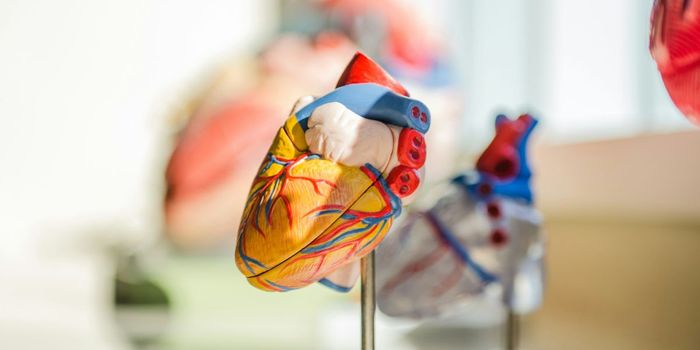The American Heart Associated has published a new report in the journal Circulation outlining the most common symptoms of six important cardiovascular diseases: acute coronary syndrome (including heart attacks), heart failure, valve disorders, stroke, heart rhythm disorders, and peripheral vascular disease. The report also noted important differences in the symptoms experienced by men and women. Below are the six cardiovascular diseases and a summary of the most reported symptoms for each.
- Heart attack/acute coronary syndrome: The most common symptom of a heart attack is chest pain that may radiate to the arm, jaw, shoulder, or upper back. Patients may also experience shortness of breath, sweating, fatigue, lightheadedness, and nausea. Importantly, women are more likely than men to experience symptoms other than chest pain.
- Heart failure: Shortness of breath is the most common symptom of heart failure and the reason most patients seek medical care, but earlier symptoms are also common. These can include gastrointestinal issues, fatigue, difficulty exercising, insomnia, pain in the chest or elsewhere, depression, anxiety, and brain or memory issues. Women tend to have a wider variety of symptoms than men, and they are also more likely to report depression and anxiety.
- Valve disease: Valve disease often leads to heart failure, and the most common symptom of valve disease is also shortness of breath. However, those with valve disease may experience early symptoms as well, including pulmonary hypertension, chest pain, difficulty exercising, and other symptoms seen in heart failure. Women are more likely to report shortness of breath and difficulty exercising, while men are more likely to report chest pain.
- Stroke: Strokes often require immediate medical attention, and the most important symptoms of a serious stroke include face drooping, arm weakness, and speech difficulty. Strokes may also cause confusion, dizziness, balance loss, and vision changes, and women are more likely than men to report other symptoms including headache, coma, altered mental state, and stupor.
- Arrhythmias: Arrhythmias are associated with feelings of an abnormal heartbeat or palpitations in addition to fatigue, shortness of breath, and dizziness. Women and younger people are more likely to experience palpitations, while men are more likely to experience no symptoms.
- Peripheral vascular disease (disease of the veins and arteries): Many people with peripheral vascular disease experience no symptoms, but others experience pain in the calves when walking that disappears when resting. Pain may also be experienced in other parts of the legs, feet, and toes, and women are more likely than men to experience pain in places other than the calves.
Sources: Circulation, Science Daily








